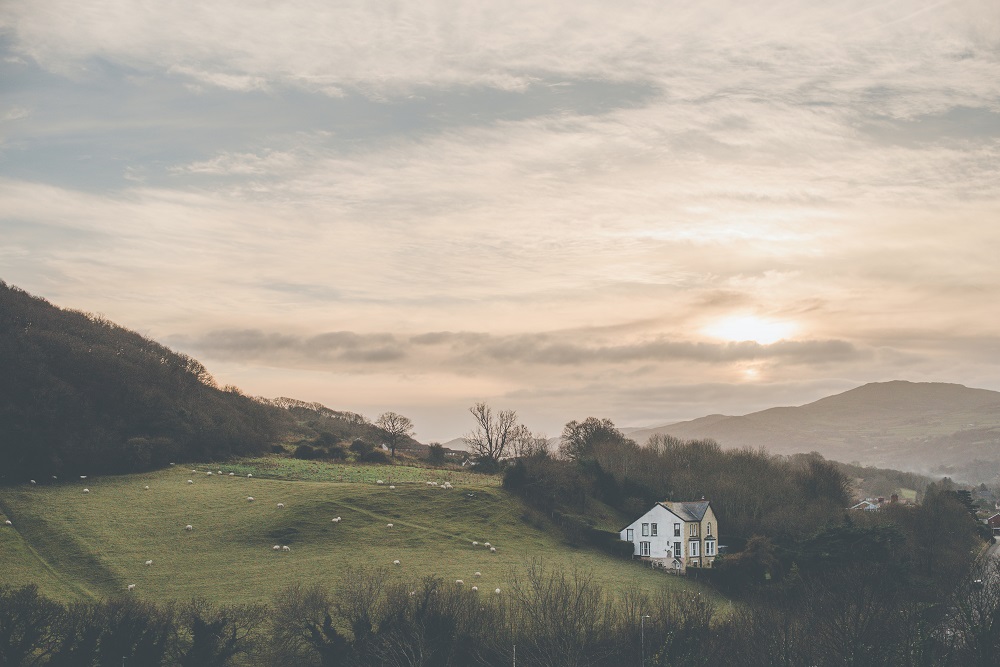Step 1
Contact a mortgage broker/Get finances in place
You don’t want to get your hopes up on a property that you can’t afford. If you need a mortgage, Click here to get contact details on local mortgage brokers.
Step 2
Register your interest with us
Click here to register your interest and let us know what sort of property you are looking for. Our dedicated team will ensure you are kept up to date with any properties that might suit your requirements
Step 3
Search for properties
Use our user-friendly informative website to search through all our properties; we are sure there will be something there that you will like.
Step 4
Property Viewings
Click here to contact us to arrange viewings. Book as many as you like, it helps ensure you are able to get a full understanding of what’s available and within you price range.
Step 5
Book a 2nd viewing on your favourite property
We always recommend a second viewing as you are guaranteed to have missed something out, even if it is just to visualise and measure up where your furniture will go. It is always worth visiting it again.
Step 6
Instruct a solicitor
Click here to see a list of local solicitors.
Step 7
Make an offer/Negotiate with a BJP agent
Before making an offer on a property, it’s important to do your own research to avoid overpaying.
If you pay too much, the bank may not give you a mortgage for the full value of the property. You may also struggle to achieve the same price if you go on to sell in a few years’ time.
As a starting point, it can be helpful to compare your potential house with similar properties in the same neighbourhood with the same characteristics – including number of bedrooms, age, garden size and position.
Step 8
Offer agreed
Congratulations, you are well on your way to becoming the owner of a new property. Now your offer has been accepted, it is time to get on with all the legal paper work.
Step 9/10/11/12
Conveyancing
This involves all the legal work involved in buying or selling a property. There are various stages involved in the conveyancing process and the main activities briefly comprise of:
Draft contract The seller’s solicitor draws this up from the information contained within the property deeds. This contract will also contain information such as items included in the sale, buyers and seller’s names, the date of transaction and the sum the property is being brought for.
The contract has two parts – Conditions of Sale and Particulars of Sale. The conditions will have details about the proposed completion date and any deposit required on exchange of contract. The particulars describe the property and the details of the freehold.
Preliminary Enquiry The solicitor acting on behalf of the purchaser will send a list of pre-contract enquiries to the seller’s solicitor. Some basic information will be uncovered at this point with regard to the boundaries of the property, whether the property is connected to the appropriate utilities and what is included in the sale.
Land charge and registry charges The purchaser’s solicitor will scrutinise the title deed of the property and the Land Registry certificate to make sure that the seller is in a position so sell the property.
Property Information Form Sellers solicitor will require information such as fixtures, fittings, boundaries etc to put into the draft contract.
Survey/Valuation
If you are getting a mortgage, a valuation is required before you can get the formal mortgage offer. Usually your mortgage supplier will arrange a valuer visit to the property. If you require a further understanding of the properties condition, a survey is defiantly worth having. Click here to see a list of our local surveyors.
Local Searches This particular search can highlight quite a few important matters regarding the property and the immediate area. The search will highlight the water and drainage systems amongst other infrastructure and will also establish if any new developments are planned for the area. Any planning restrictions attached to your property will also be unearthed.
Local searches can take some time, anything from two to ten weeks, depending on the local authority. Personal searches can speed up the process, however this will cost you slightly more.
Approval of Draft Contract When both parties are happy with the details of the contract, it is sent to the purchaser and seller for signing.
Formal Mortgage Offer You must have a formal mortgage offer from the company that is lending you money before the sale goes ahead.
Arrange completion date The solicitors will co-ordinate with their respective clients to arrange a suitable completion date – you will then be in a position to exchange contracts.
Exchange of Contracts The contract is not legally binding until exchange has taken place. You will not exchange contracts unless:
• Yourself and lender have accepted the survey and valuation report
• The conveyancing work has been completed
• A formal mortgage offer has been received from your lender
• Any outstanding issues with the vendor have been settled
• A completion date has been agreed
Step 13
Get insurance cover
This coverage may help to pay for replacing certain belongings, including furniture and electronics that are stolen or damaged by a covered loss. If you cannot stay in your home after a fire or other covered risk, your homeowner’s insurance coverage may also help pay for temporary increased living costs such as hotel bills.
Step 14
Completion
On the day of completion transfer of the ownership of the property will take place, subject to the seller receiving the money for his property.
Congratulations – You are now ready to move into your new home.
Llandeilo




50 Rhosmaen Street, Llandeilo, Carmarthenshire, United Kingdom, SA19 6HA

enquiries@bjpresidential.co.uk

01558 822468
Llandeilo




50 Rhosmaen Street, Llandeilo, Carmarthenshire, United Kingdom, SA19 6HA

enquiries@bjpresidential.co.uk

01558 822468
BJP Residential Llandeilo




Rhosmaen Street, Llandeilo, Carmarthenshire, United Kingdom, SA19 6HA

enquiries@bjpresidential.co.uk

01558 821358


